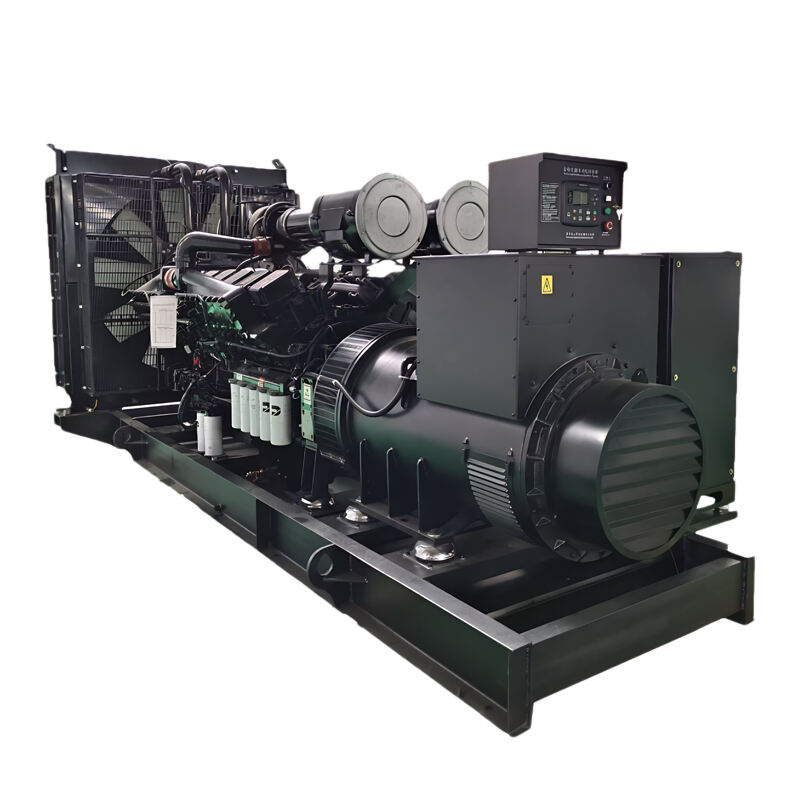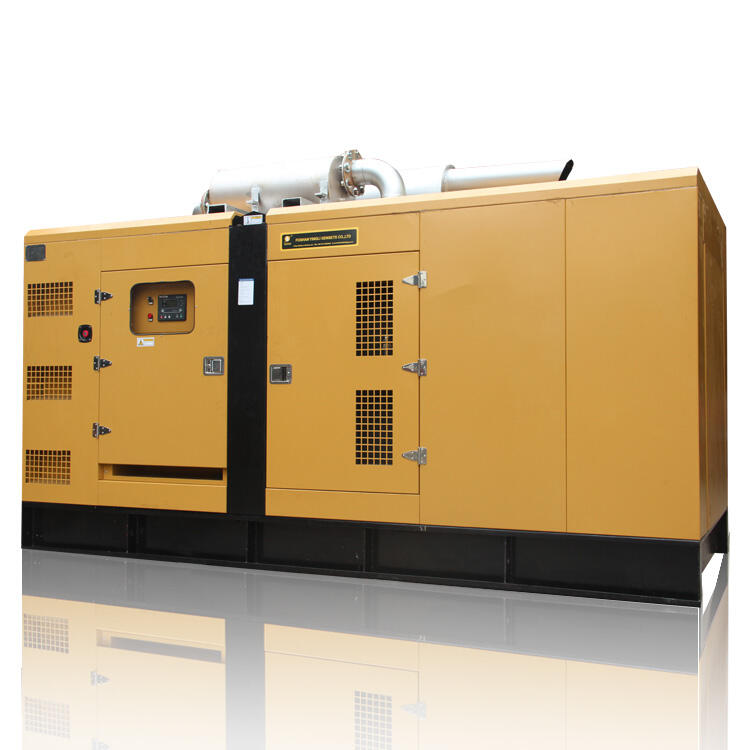What are the different types of power generation methods?
Power generation is the process of converting primary energy sources into electricity, a cornerstone of modern society. From fossil fuels to renewable resources, various methods have evolved to meet global energy demands, each with unique advantages, challenges, and applications. Understanding the different types of power generation methods is key to navigating the complex landscape of energy production, whether for policy-making, investment, or everyday awareness. Let’s explore the primary methods shaping today’s power generation landscape.
Fossil Fuel-Based Power Generation
Fossil fuels—coal, natural gas, and oil—have dominated power generation for over a century, relying on the combustion of organic matter formed millions of years ago. These methods remain widespread due to established infrastructure and high energy density, though their environmental impact is driving a shift toward alternatives.
Coal-Fired Power Generation
Coal power generation involves burning coal to heat water, producing steam that drives turbines connected to generators. This method is prevalent in countries with abundant coal reserves, such as China and India, where it accounts for a significant portion of electricity production. Traditional coal plants have low efficiency (30–40%) and high carbon emissions, but advanced technologies like ultra-supercritical (USC) boilers improve efficiency to 45% and reduce emissions per unit of electricity. Despite declining popularity in many regions, coal remains a cost-effective baseload power generation option, though its role is shrinking amid climate concerns.
Natural Gas Power Generation
Natural gas power generation uses methane-rich gas, either in simple-cycle or combined-cycle plants. Simple-cycle plants burn gas directly in turbines for quick electricity production, while combined-cycle plants capture waste heat to generate additional steam, boosting efficiency to 60% or higher. Natural gas emits 50% less carbon dioxide than coal, making it a cleaner fossil fuel option. Its flexibility—ramping up or down quickly—makes it ideal for balancing variable renewable energy, solidifying its role in modern power generation mixes.
Oil-Fired Power Generation
Oil is less common for large-scale power generation due to higher costs and emissions but is used in remote areas or as backup. Diesel generators, a form of small-scale oil power generation, provide electricity in off-grid communities or during emergencies. While oil-based power generation is versatile, its reliance on volatile global markets and high carbon footprint limit its long-term viability.


Renewable Power Generation
Renewable power generation harnesses naturally replenished resources, offering low or zero carbon emissions. These methods are rapidly growing, driven by falling costs and environmental goals, and include solar, wind, hydro, biomass, and geothermal energy.
Solar Power Generation
Solar power generation converts sunlight into electricity using photovoltaic (PV) cells or concentrated solar power (CSP) systems. PV panels, deployed in utility-scale farms or rooftop installations, directly convert light into electricity, while CSP uses mirrors to focus sunlight, heating a fluid to produce steam for turbines. Solar power generation is scalable, making it suitable for both small homes and large grids, though its intermittency (dependence on daylight) requires storage or backup systems. Advances in battery technology are addressing this challenge, expanding solar’s role in reliable power generation.
Wind Power Generation
Wind power generation uses turbines to capture kinetic energy from wind, converting it into electricity. Onshore wind farms are cost-effective and widely deployed, while offshore wind—with stronger, more consistent winds—offers higher efficiency and larger capacity. Wind power generation is clean and renewable, though it depends on wind speed and requires significant land (onshore) or marine (offshore) space. Modern turbines, with capacities exceeding 15 MW, are making wind an increasingly competitive power generation method globally.
Hydroelectric Power Generation
Hydroelectric power generation uses the flow of water—from rivers, dams, or tides—to turn turbines. Large-scale hydro plants, like the Three Gorges Dam in China, provide baseload electricity with high efficiency (80–90%) and long lifespans. Small-scale hydro, suitable for remote communities, and tidal power, which harnesses ocean tides, are also part of this category. Hydroelectric power generation is renewable and emits little to no carbon, though dam construction can disrupt ecosystems and displace communities.
Biomass Power Generation
Biomass power generation burns organic materials—such as wood, crop residues, or municipal waste—to produce heat or electricity. This method is carbon-neutral in theory, as plants absorb CO₂ during growth, offsetting emissions from combustion. Biomass can be used in dedicated power plants or co-fired with coal to reduce emissions. Challenges include fuel supply logistics and potential competition with food crops, but advanced technologies like gasification (converting biomass to synthetic gas) are improving efficiency and sustainability in biomass power generation.
Geothermal Power Generation
Geothermal power generation taps into heat from the Earth’s interior, using steam or hot water from underground reservoirs to drive turbines. This method provides consistent, 24/7 electricity with low emissions, making it ideal for baseload power generation. It is most viable in geologically active regions, such as Iceland and Indonesia, where hot springs and volcanoes are abundant. Enhanced geothermal systems (EGS), which drill into hot rock to create artificial reservoirs, are expanding geothermal’s potential to new areas.
Nuclear Power Generation
Nuclear power generation uses nuclear fission—the splitting of uranium or plutonium atoms—to release heat, which produces steam for turbines. This method generates large amounts of electricity with minimal greenhouse gas emissions, making it a low-carbon baseload option. Nuclear plants operate 24/7 with high capacity factors (around 90%), though they face challenges like radioactive waste management and high upfront costs. Advanced reactor designs, including small modular reactors (SMRs), aim to improve safety, reduce waste, and expand nuclear power generation’s role in decarbonized grids.
Emerging and Specialized Power Generation Methods
Beyond the mainstream, several emerging methods are gaining attention for niche applications or future scalability.
Tidal and Wave Power Generation
Tidal power generation uses the rise and fall of tides to drive turbines, while wave power captures energy from ocean waves. Both are renewable and predictable, though high costs and technical challenges (e.g., corrosion) have limited large-scale deployment. Pilot projects in countries like the U.K. and France are testing their feasibility for coastal power generation.
Waste-to-Energy Power Generation
Waste-to-energy (WtE) facilities incinerate municipal solid waste to generate electricity, reducing landfill use while producing power. This method addresses both energy and waste management needs, though emissions and air pollution concerns require strict filtration systems. WtE is most common in densely populated regions with limited landfill space, such as Japan and parts of Europe.
Hydrogen Power Generation
Hydrogen can be used in fuel cells to generate electricity through a chemical reaction with oxygen, emitting only water vapor. While hydrogen itself is a clean fuel, its production often relies on fossil fuels (gray hydrogen), limiting its environmental benefit. Green hydrogen, produced using renewable energy via electrolysis, could make hydrogen power generation a truly zero-carbon option, though high costs and infrastructure gaps remain hurdles.
FAQ: Power Generation Methods
Which power generation method is the most efficient?
Combined-cycle natural gas plants lead in efficiency (60%+), followed by hydroelectric (80–90% for large dams) and nuclear (33–37% thermal efficiency but high capacity factors). Solar PV and wind have lower conversion efficiencies (15–25% for solar, 20–40% for wind) but are improving with technology advances.
What’s the main difference between baseload and peaking power generation methods?
Baseload methods (nuclear, coal, large hydro) operate continuously to meet constant demand, while peaking methods (natural gas, oil, battery storage) ramp up quickly during high-demand periods (e.g., evenings). This combination ensures grid stability.
Which power generation methods are most suitable for remote areas?
Solar PV, wind, and diesel generators are ideal for off-grid remote areas. Solar is scalable and low-maintenance, while diesel provides backup during low sunlight or wind. Small hydro or biomass may work if local resources are available.
How do power generation methods impact climate change?
Fossil fuel methods (coal, natural gas, oil) are major sources of CO₂ emissions, driving global warming. Renewable methods (solar, wind, hydro, geothermal) and nuclear produce little to no emissions, making them critical for climate action.
What factors determine the choice of power generation method in a region?
Resource availability (e.g., coal reserves, sunlight), infrastructure, cost, policy goals (e.g., decarbonization), and grid stability needs all play a role. For example, countries with abundant wind (e.g., Denmark) prioritize wind power generation, while those with coal reserves (e.g., India) historically rely on coal.
Table of Contents
-
What are the different types of power generation methods?
- Fossil Fuel-Based Power Generation
- Coal-Fired Power Generation
- Natural Gas Power Generation
- Oil-Fired Power Generation
- Renewable Power Generation
- Solar Power Generation
- Wind Power Generation
- Hydroelectric Power Generation
- Biomass Power Generation
- Geothermal Power Generation
- Nuclear Power Generation
- Emerging and Specialized Power Generation Methods
-
FAQ: Power Generation Methods
- Which power generation method is the most efficient?
- What’s the main difference between baseload and peaking power generation methods?
- Which power generation methods are most suitable for remote areas?
- How do power generation methods impact climate change?
- What factors determine the choice of power generation method in a region?

